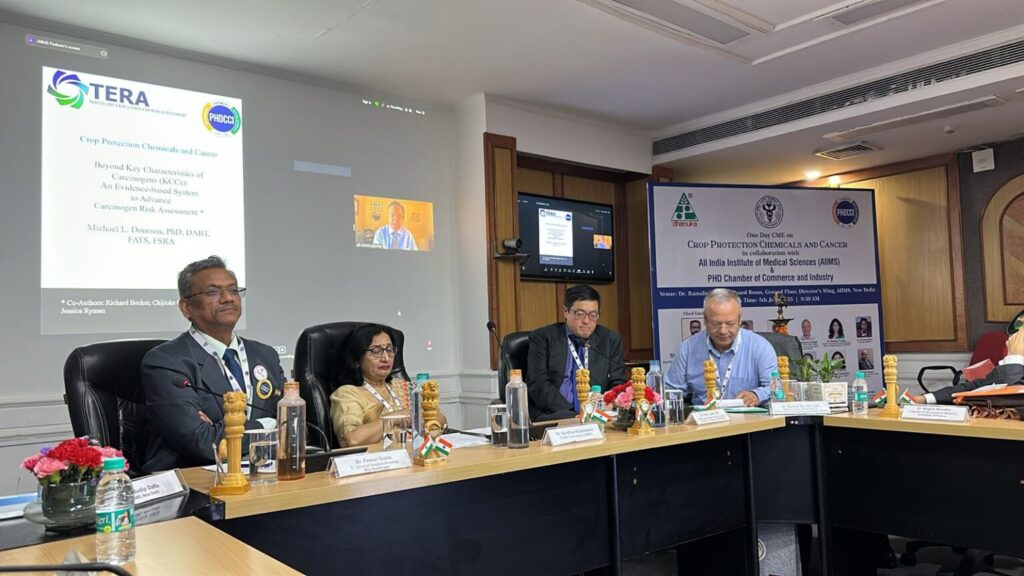“Tobacco and Health – A Chemical Crisis Masquerading as a Lifestyle”
“Tobacco and Health: Towards an Oral Cancer and Tobacco-Free Bharat, – at the “One Day International Seminar on Crop Protection Chemicals and Cancer” held on 5th June 2025 at AIIMS, New Delhi. This abstract summarizes a presentation titled “Tobacco and Health: Towards an Oral Cancer and Tobacco-Free Bharat,” delivered at an International Seminar on Crop […]
“Tobacco and Health – A Chemical Crisis Masquerading as a Lifestyle” Read More »
Know Tobacco Tobacco
